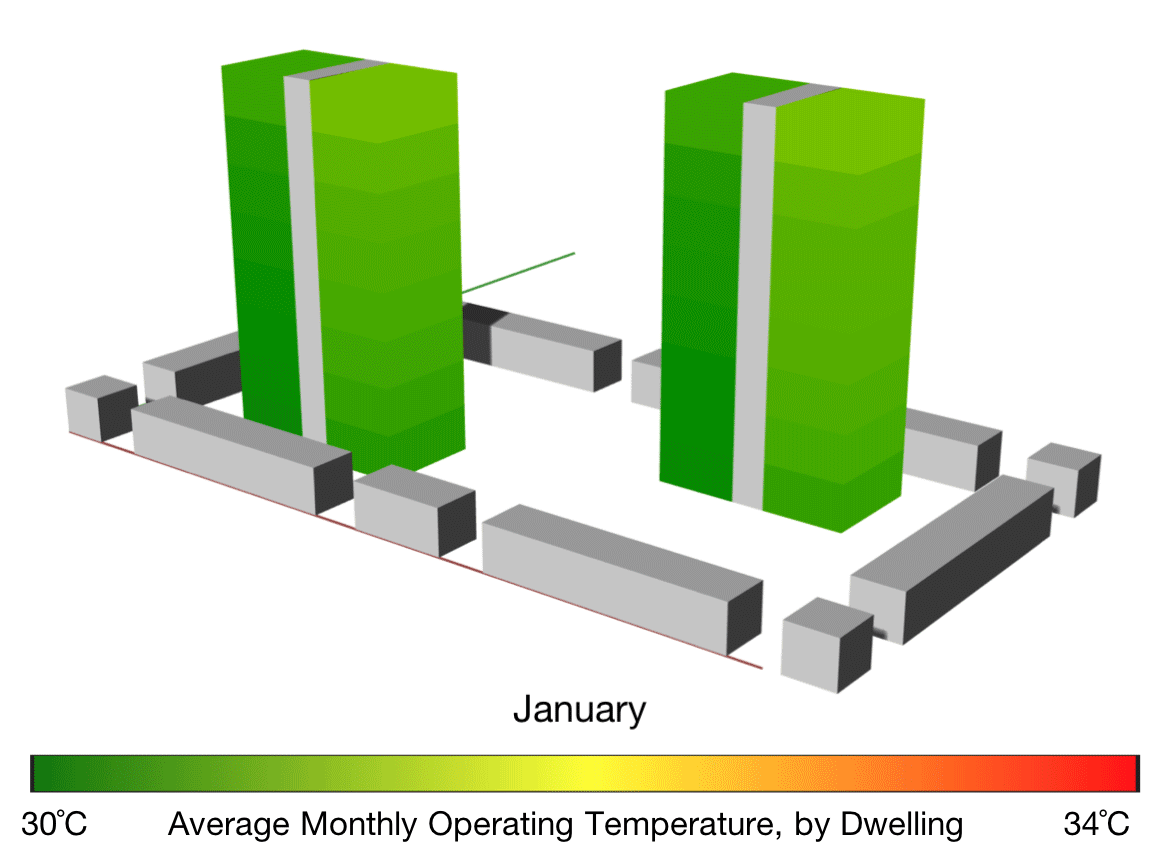
Over 54% of the world’s population resides in informal settlements or more colloquially known as slums. Informal settlements represent an unsustainable form of habitation due to a lack of basic services like sanitation, water, electricity and healthcare and are characterized by overcrowded and unsafe building structures. As a result, there has been a massive worldwide push for redevelopment of slum communities. For example, as part of their Housing for All program, the central Indian government is pushing forward on redevelopment plans for Dharavi, Mumbai – Asia’s largest informal settlement.
This project brings together researchers from Stanford and Indian Institute of Technology – Bombay (IIT-Bombay) to develop a data-driven simulation toolkit for assessing the energy efficiency, renewable energy integration potential and the human burdens of slum redevelopment design strategies. As part of this effort, we aim to establish the first of its kind “living energy lab” in the informal community of Dharavi, Mumbai, India and outfit dwellings with smart meters and other in-situ environmental sensors in order to gather numerous data streams on building energy usage dynamics and engage inhabitants in the redevelopment process of their community.
Team Member(s): Kopal Nihar
Collaborator(s): Prof. Ronita Bardhan (University of Cambridge, IIT-Bombay)
Funder(s): Precourt Institute for Energy
